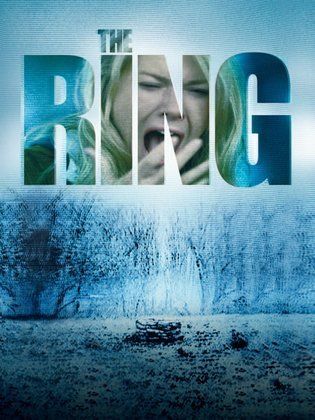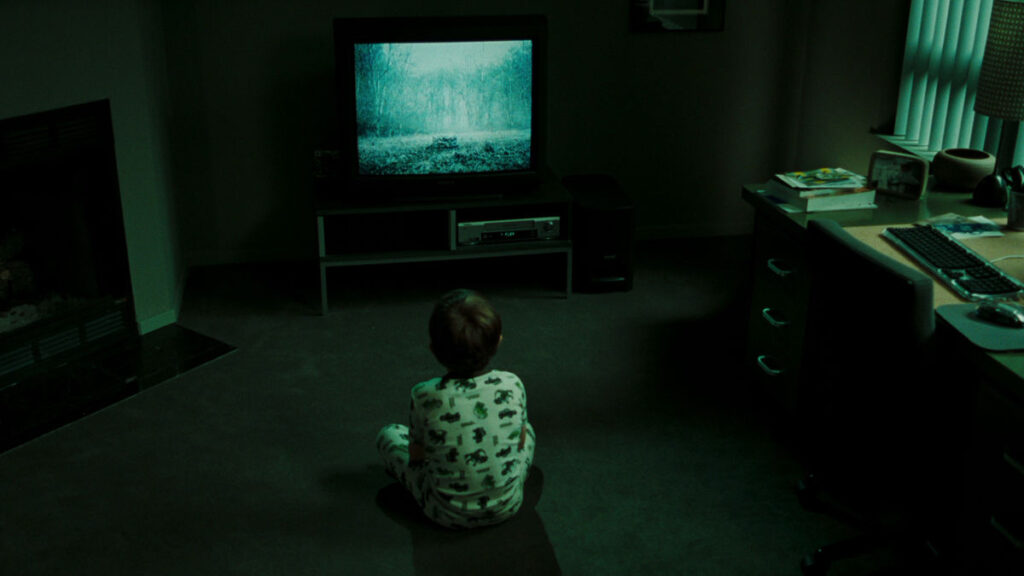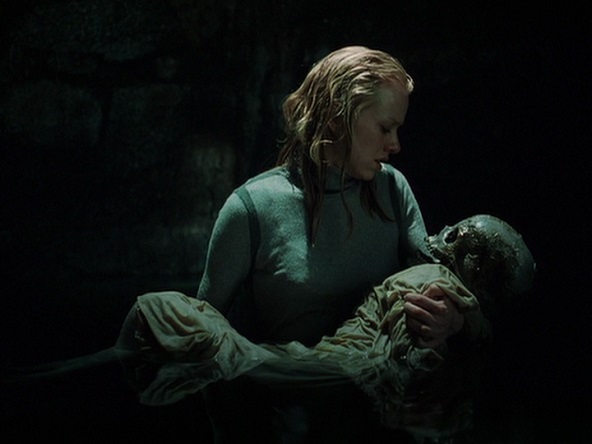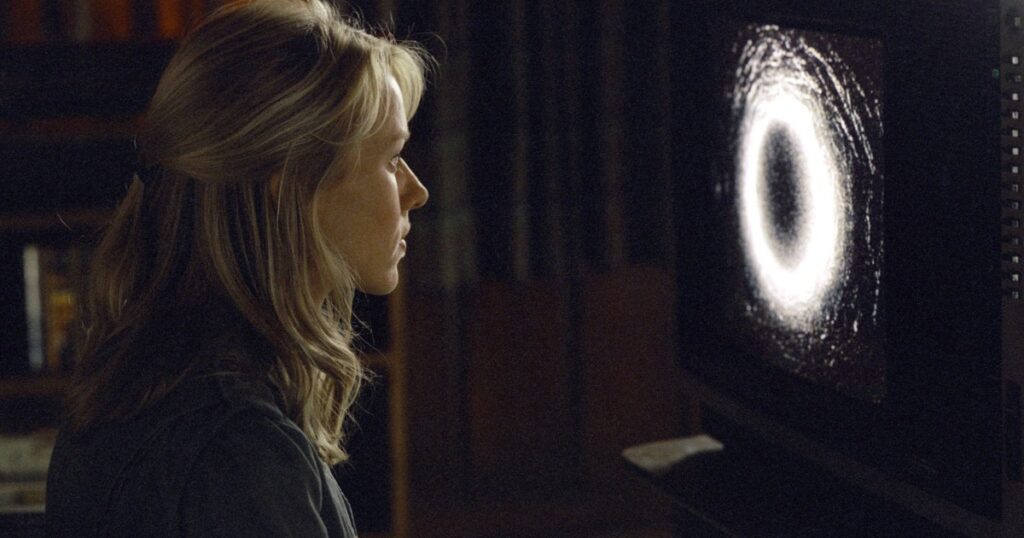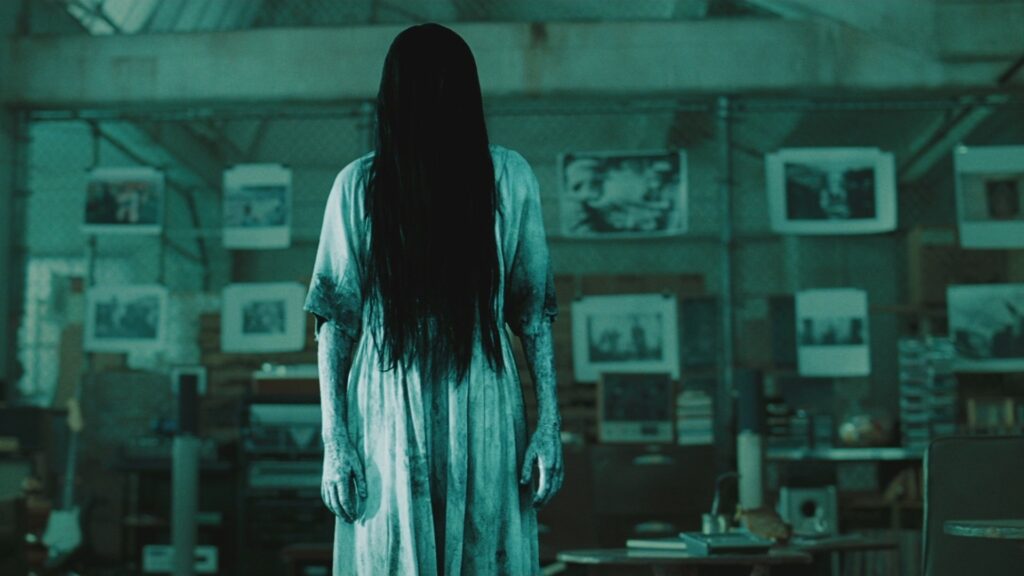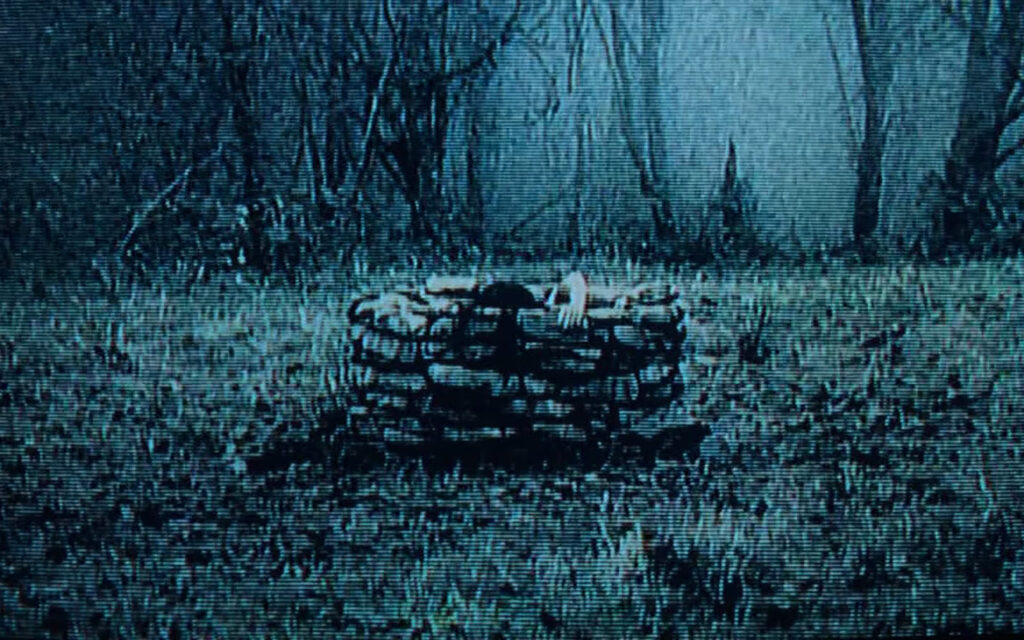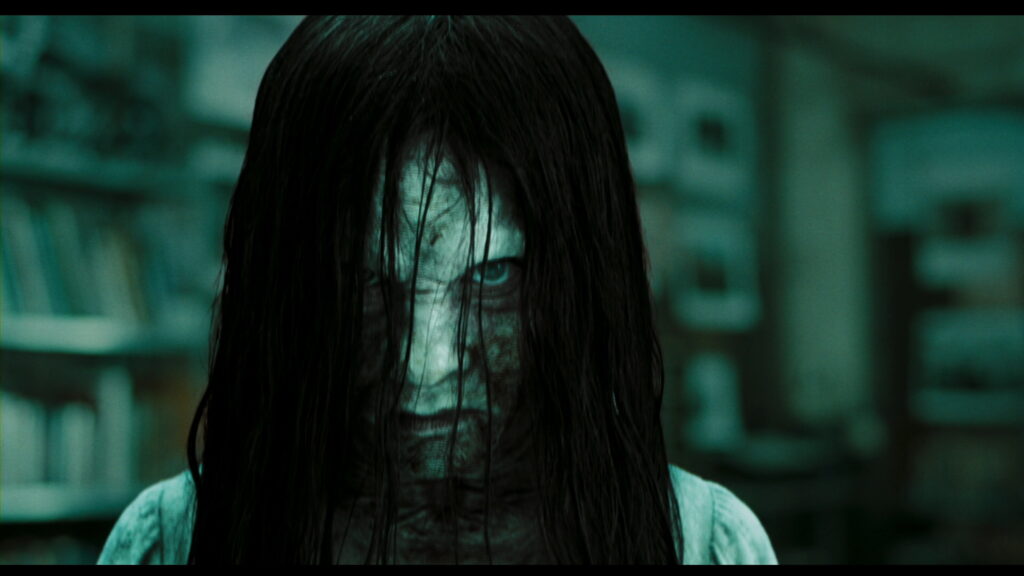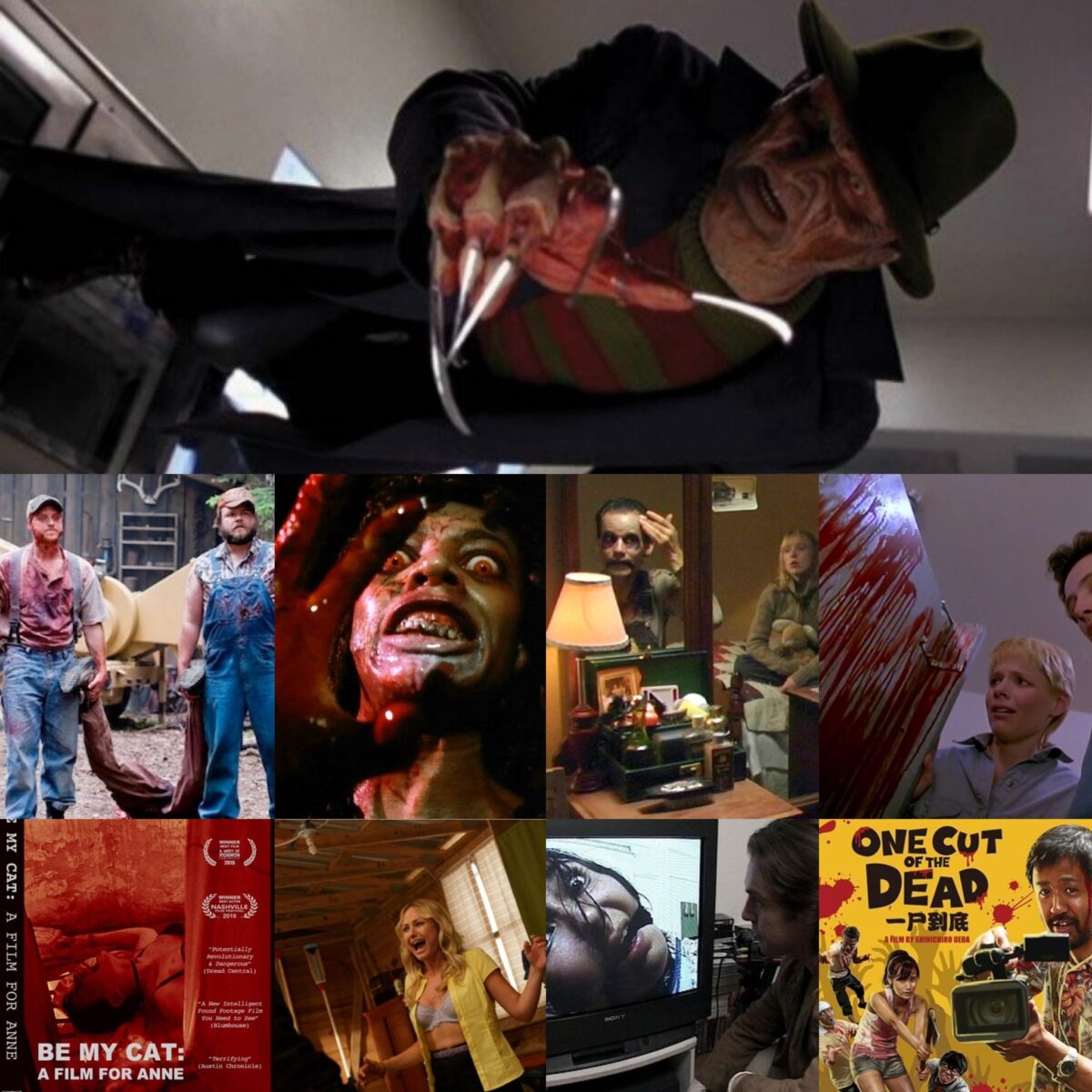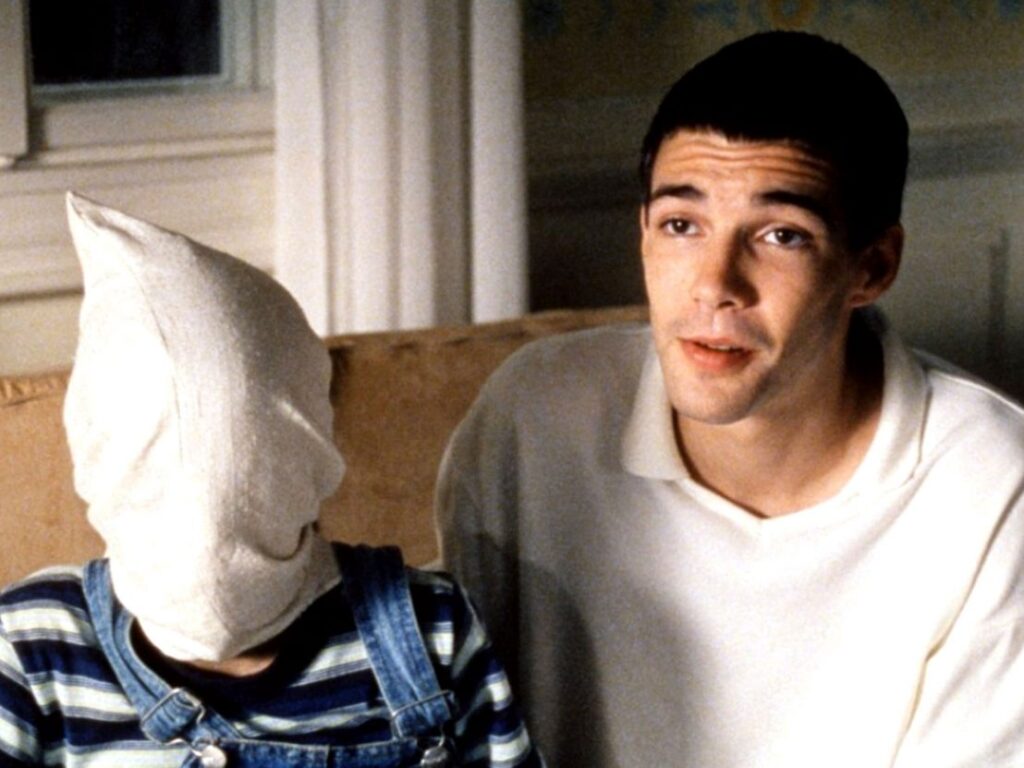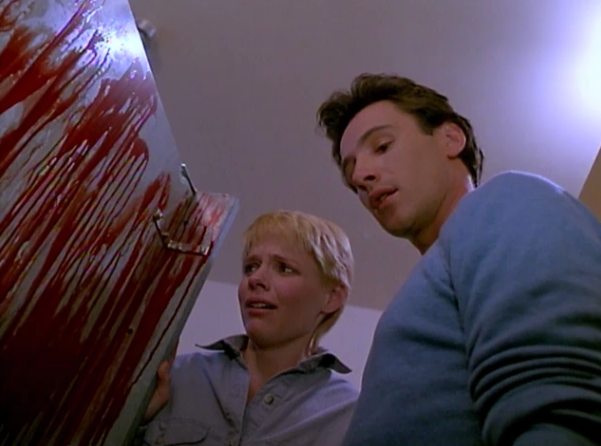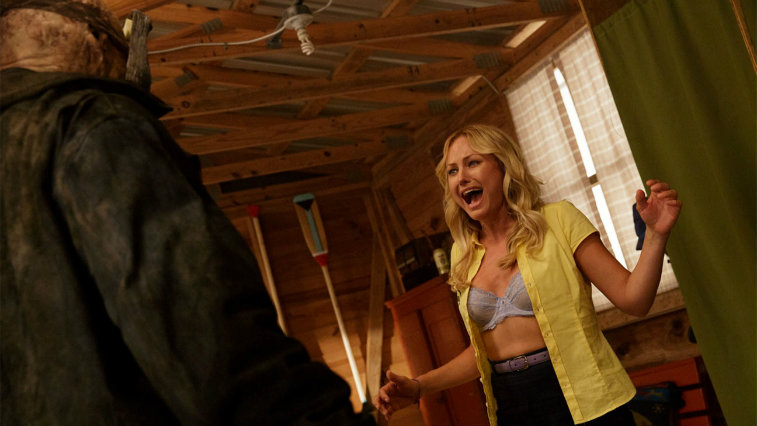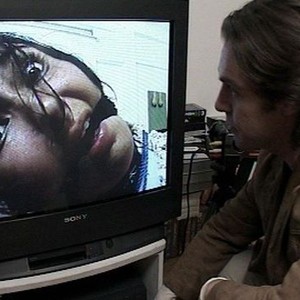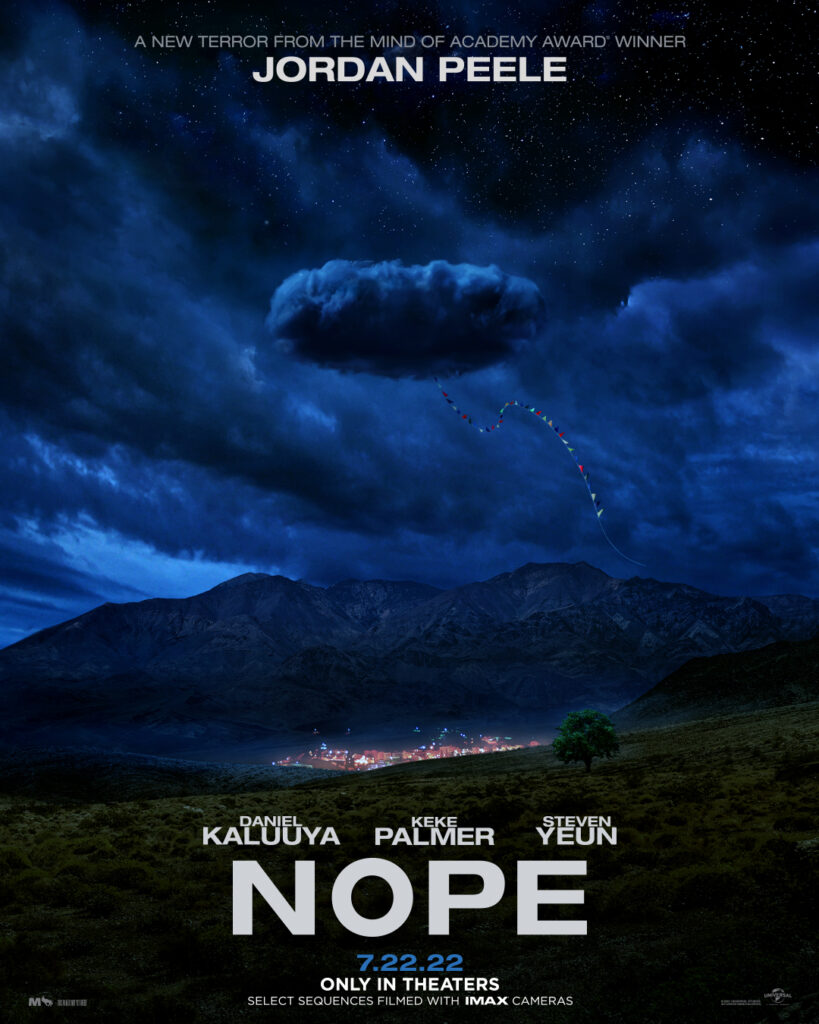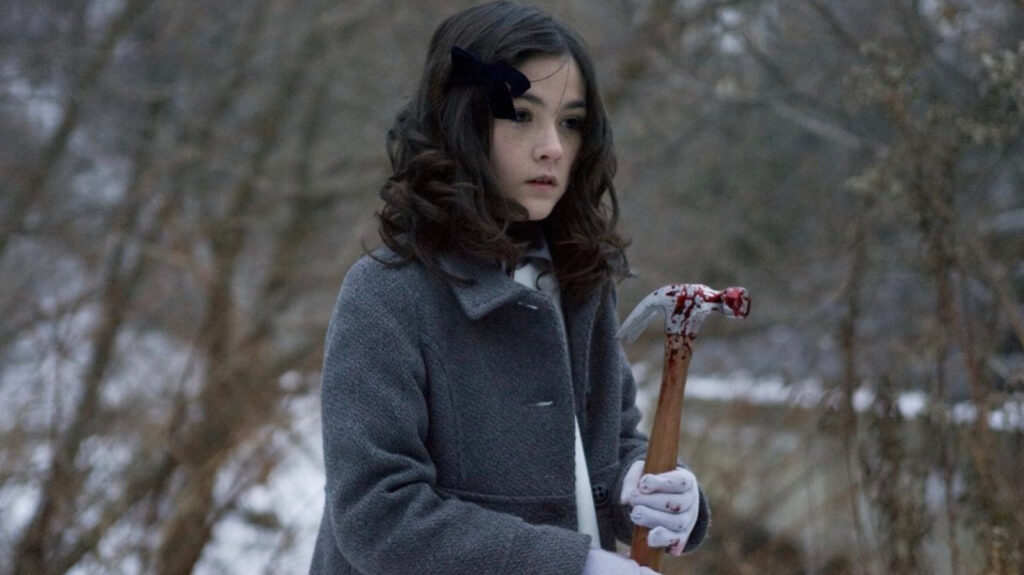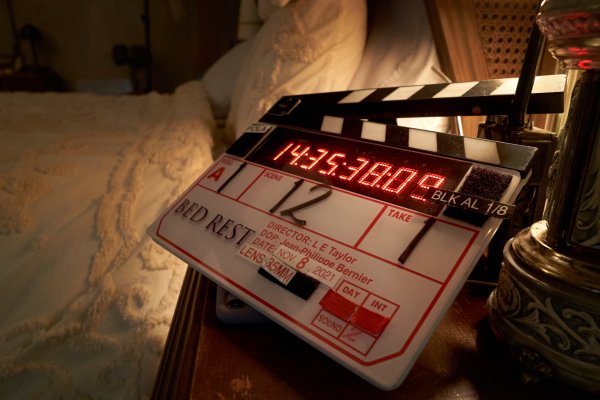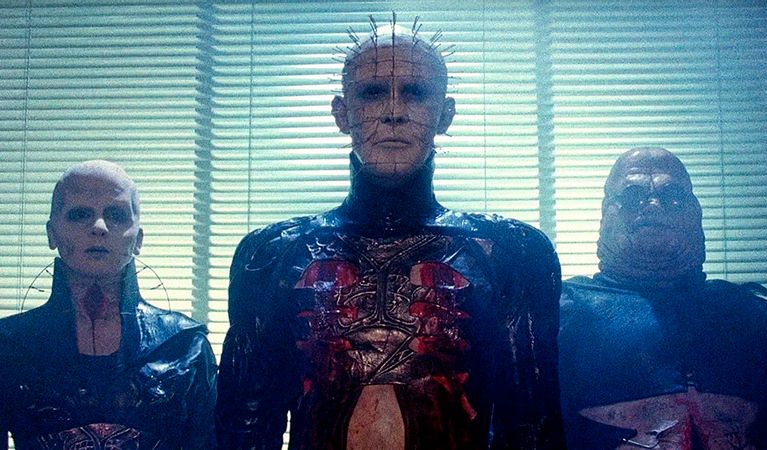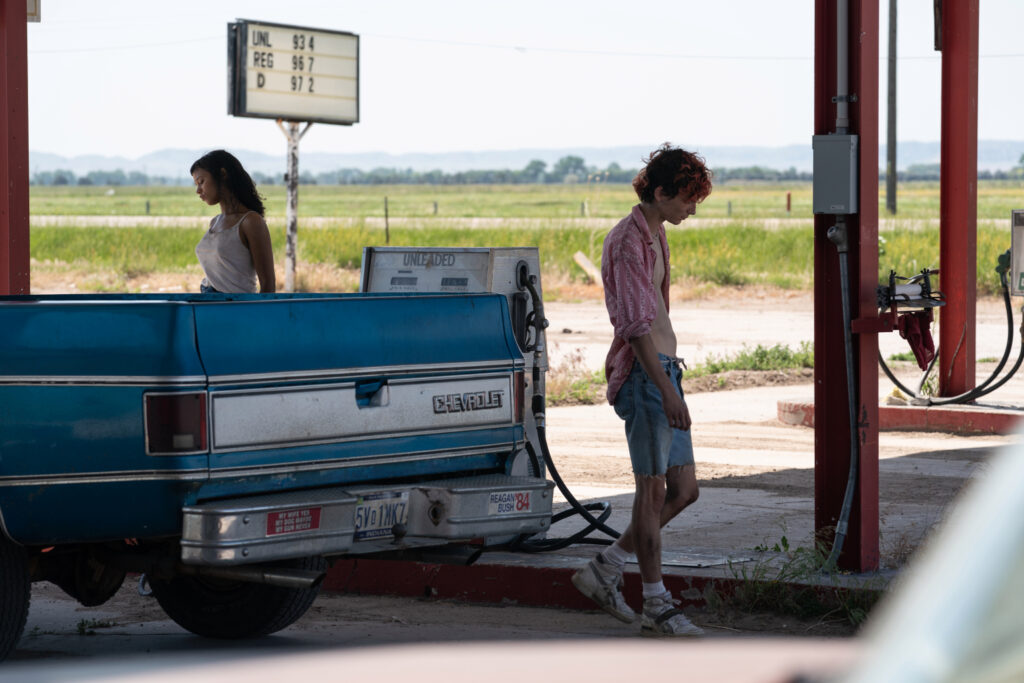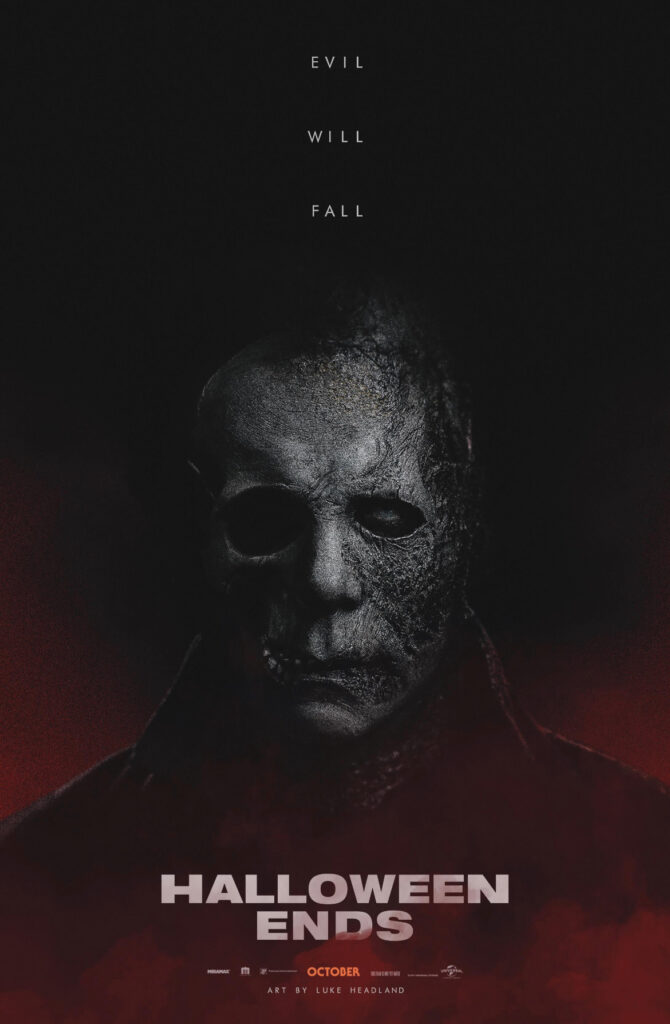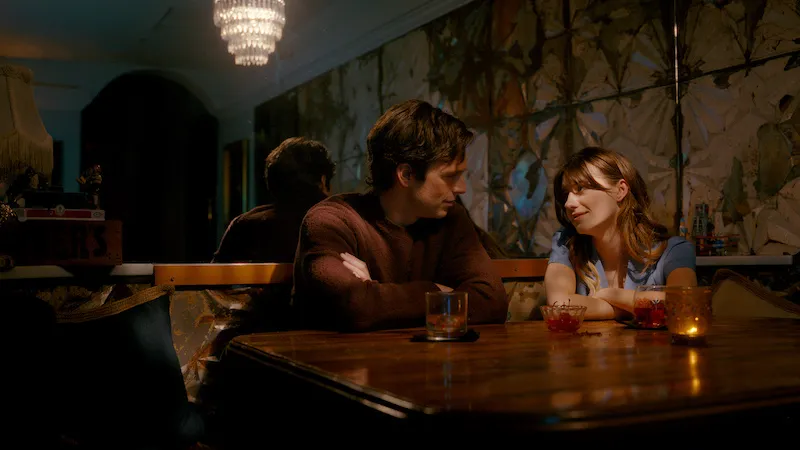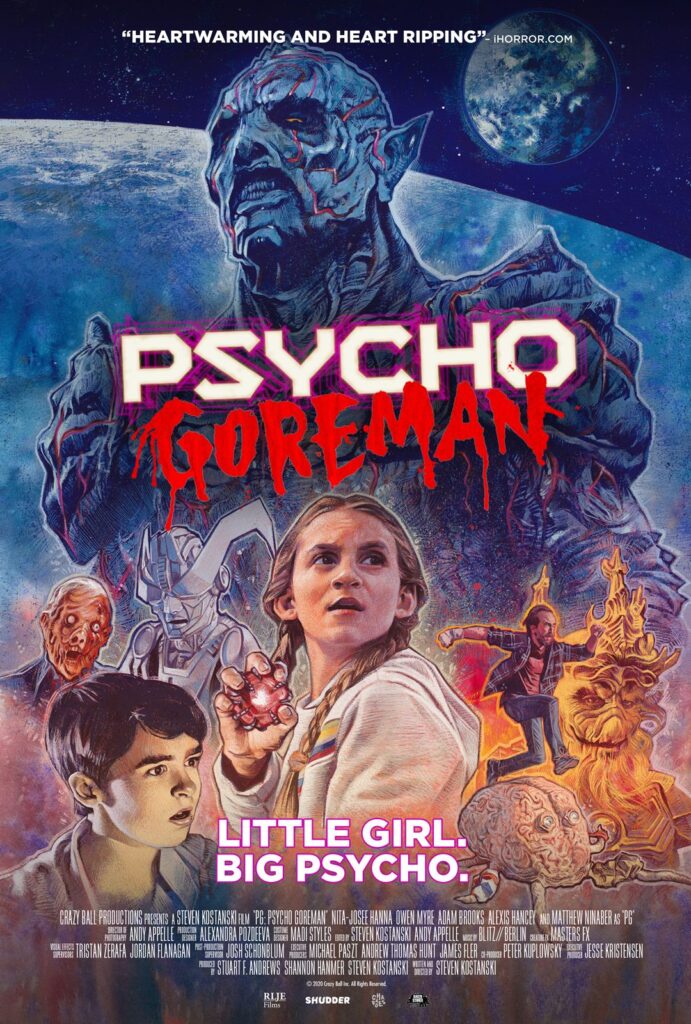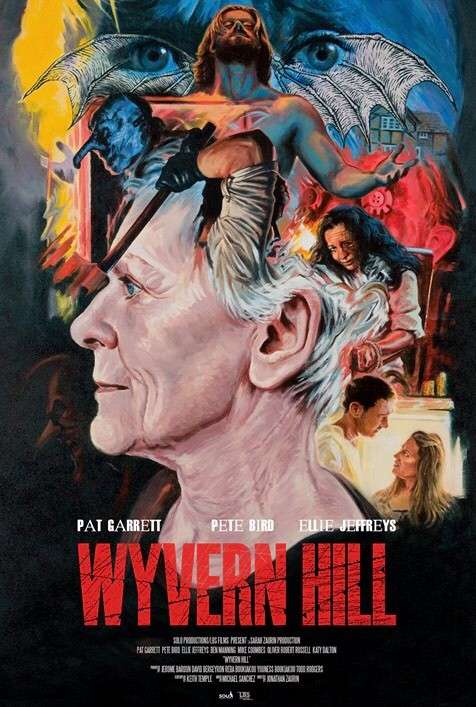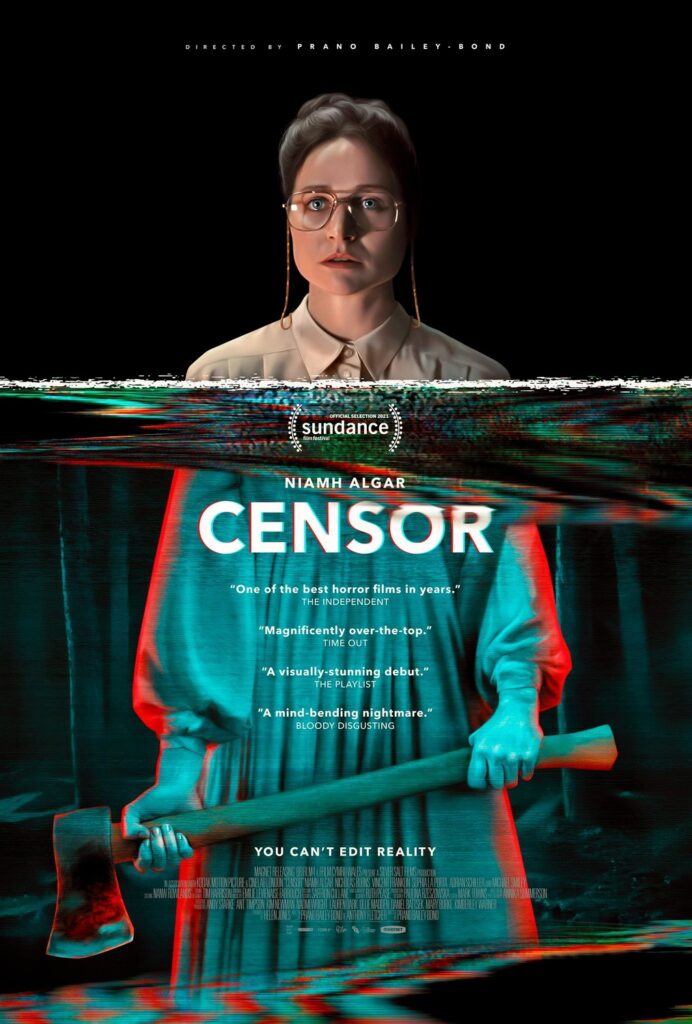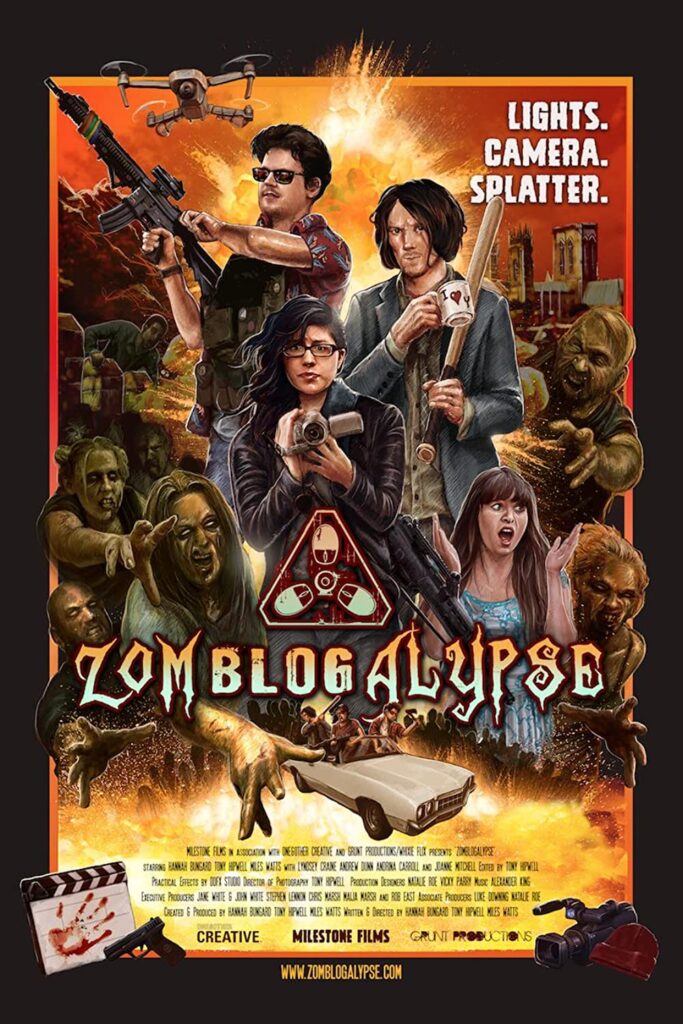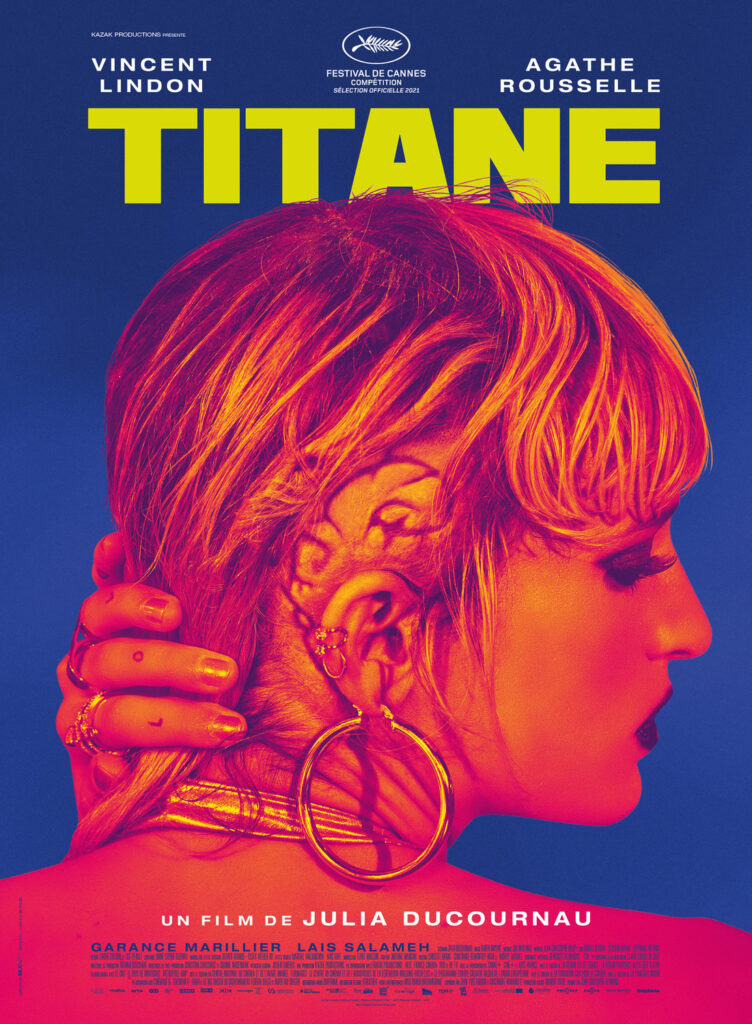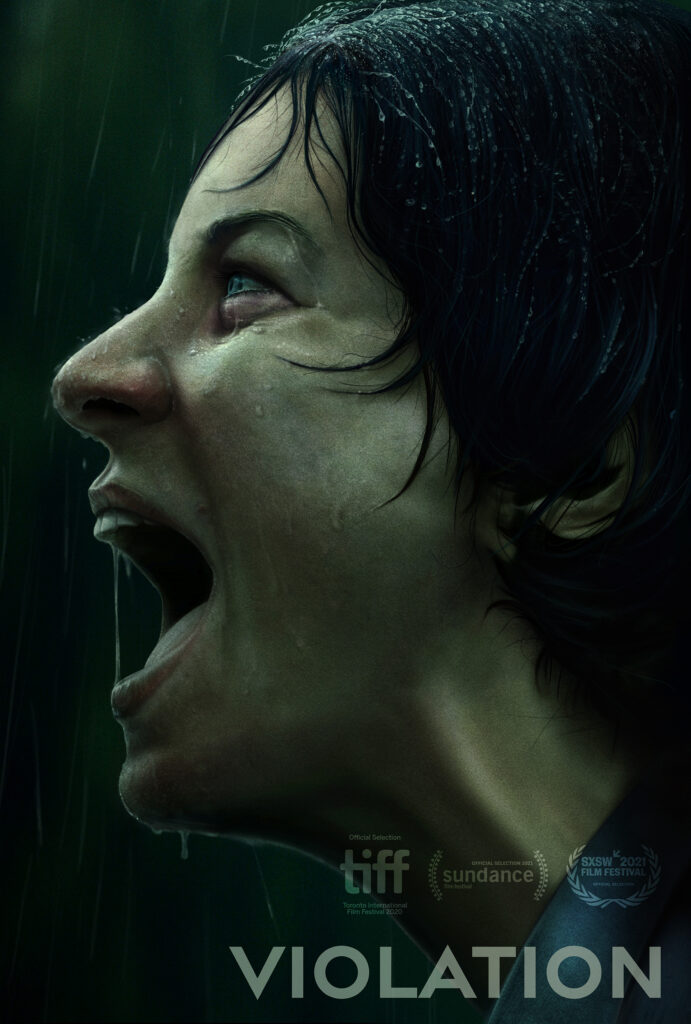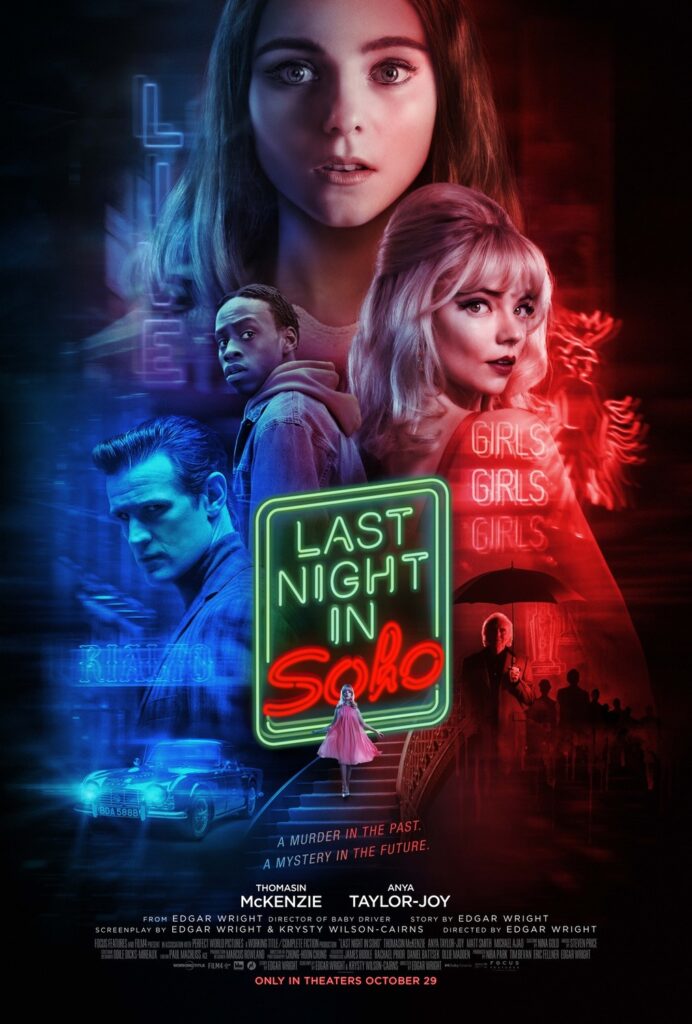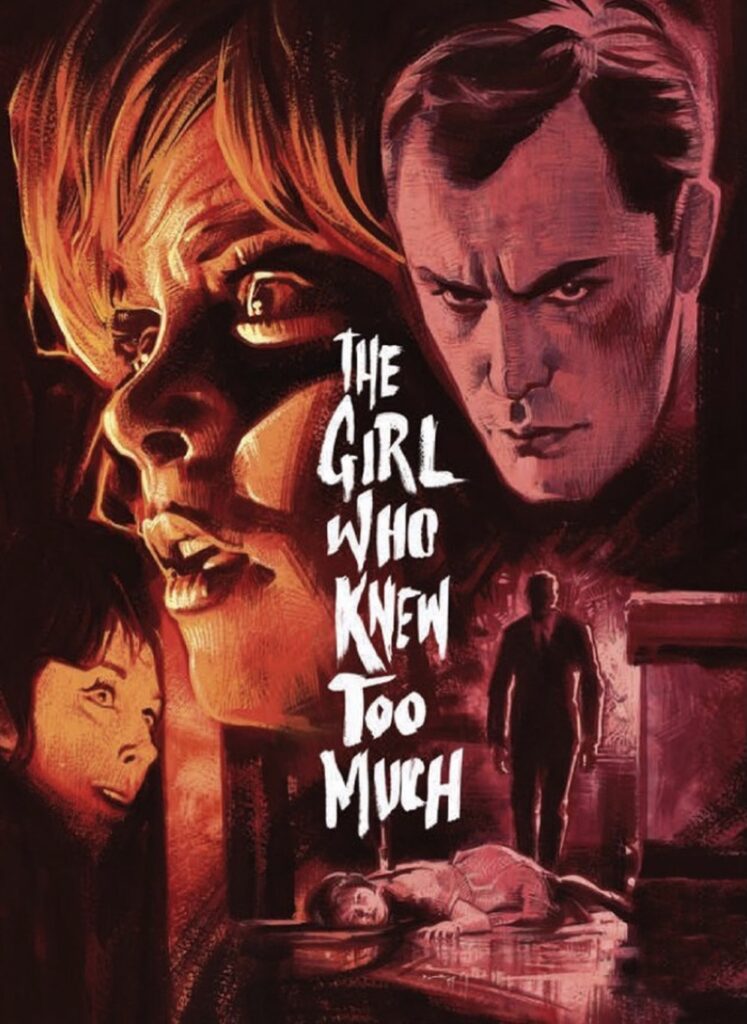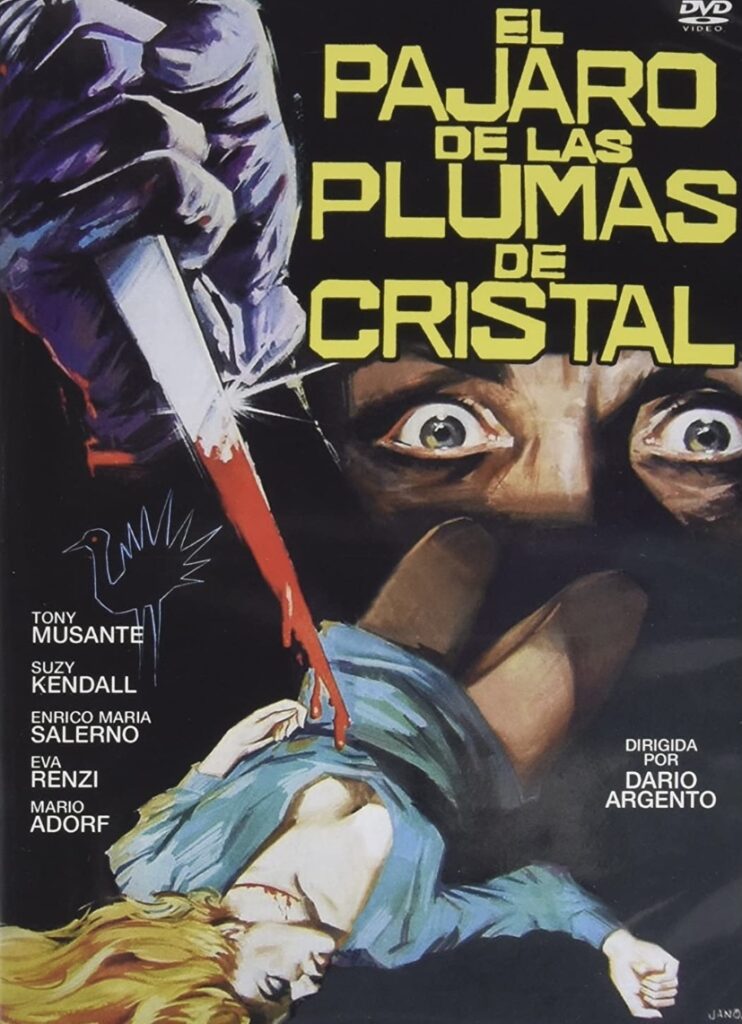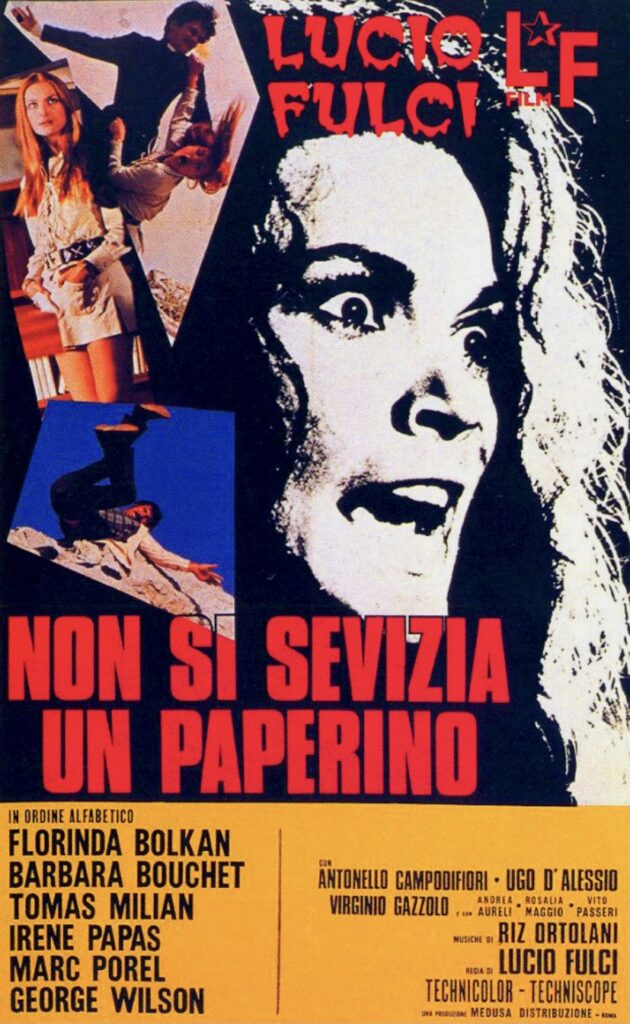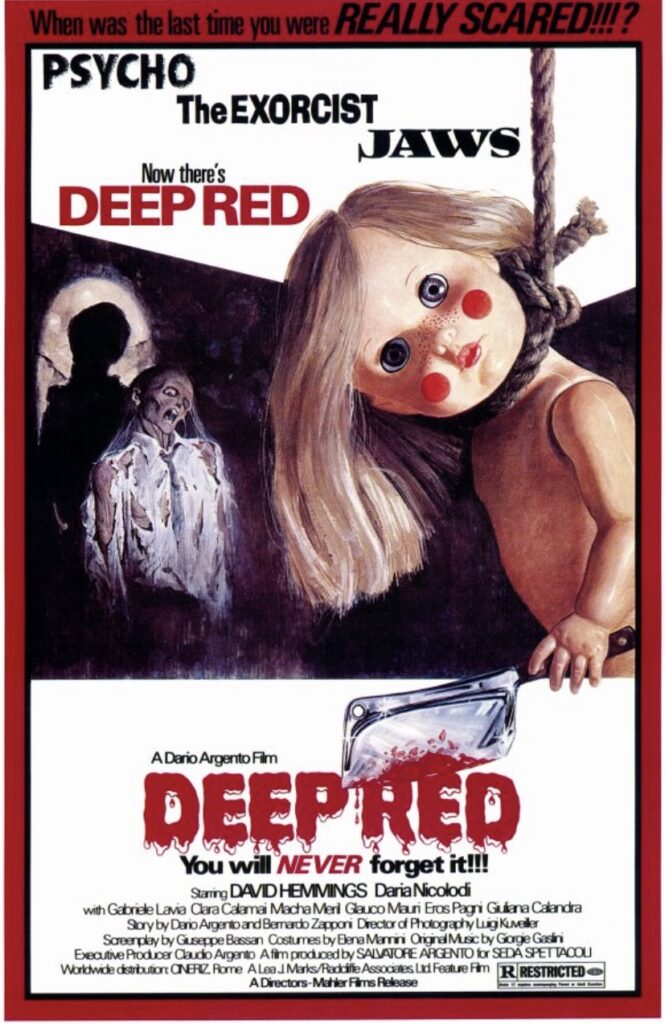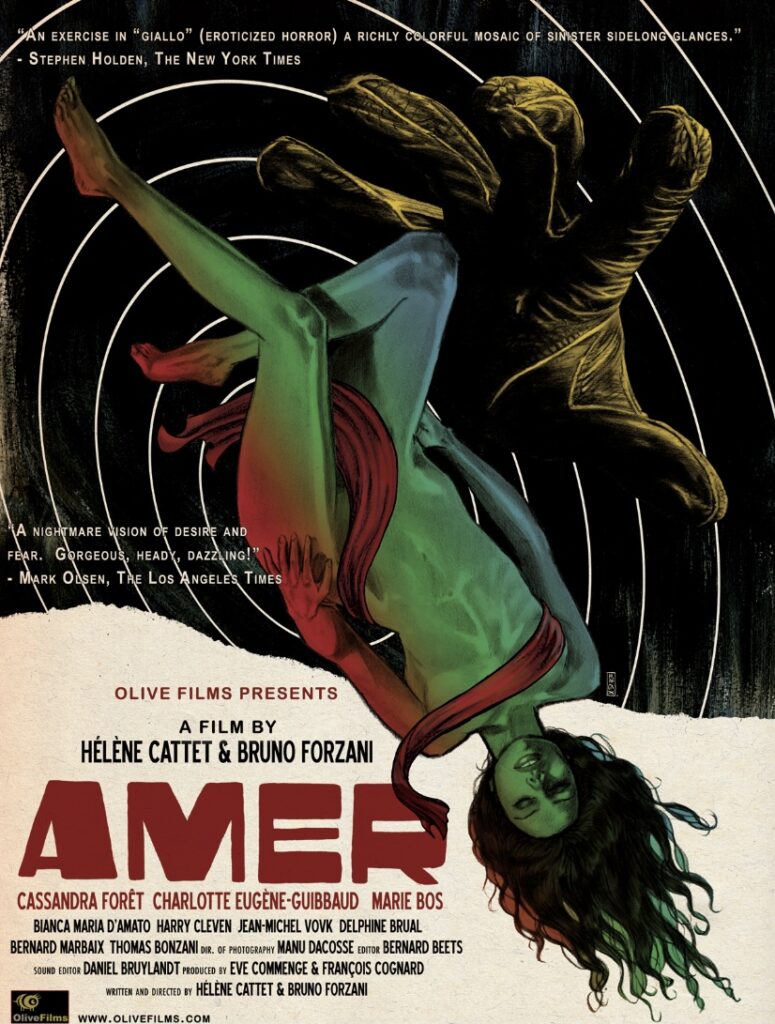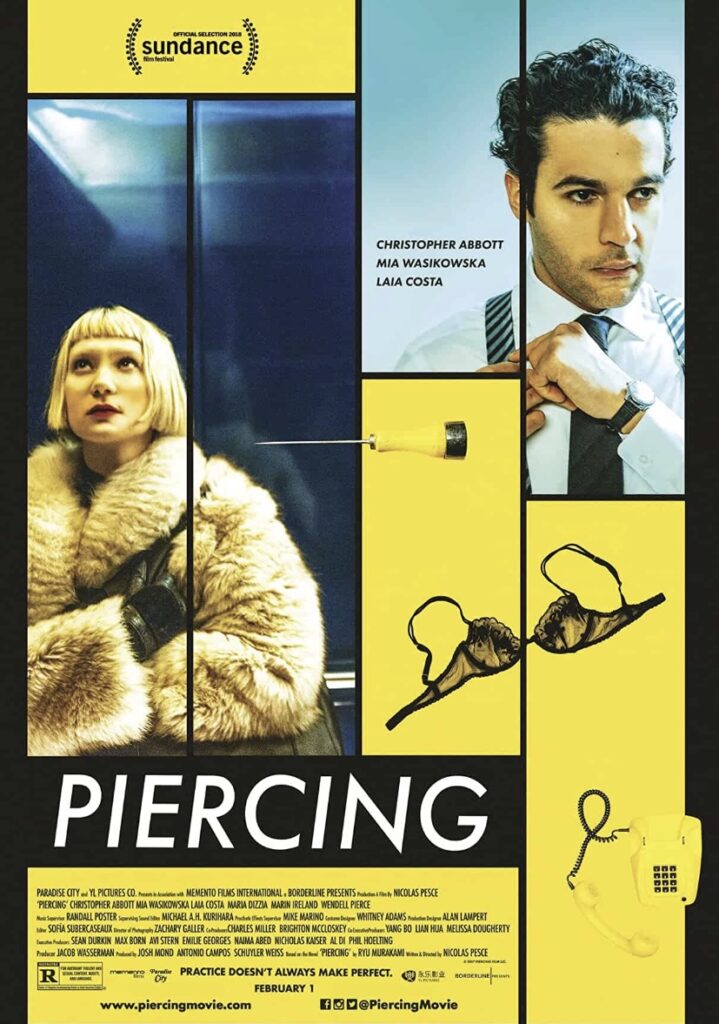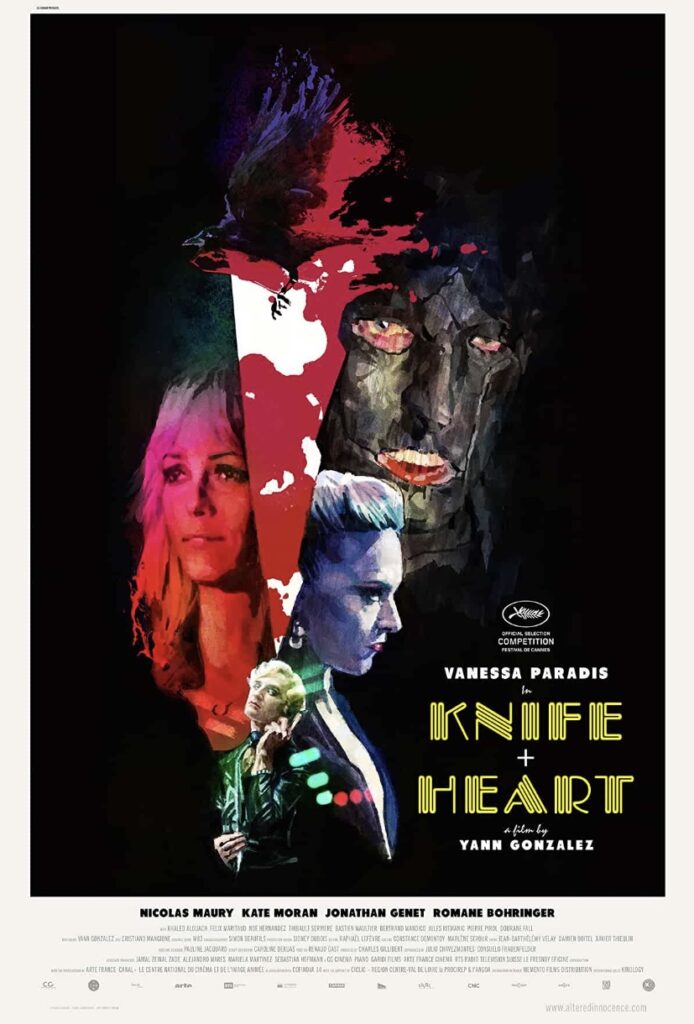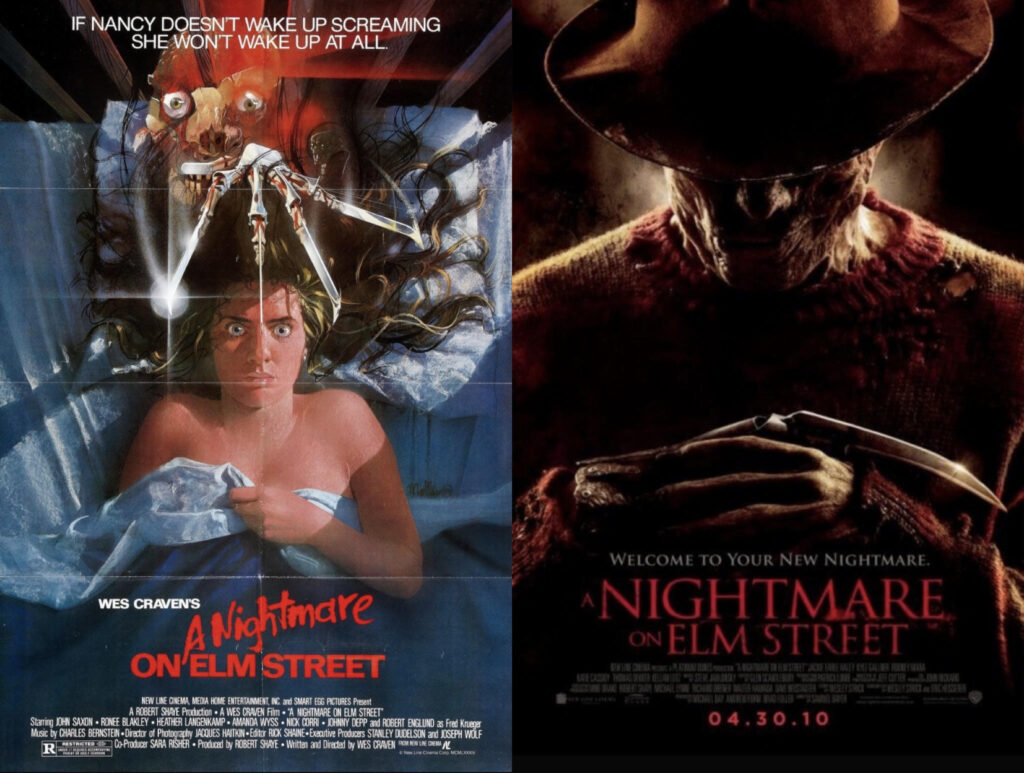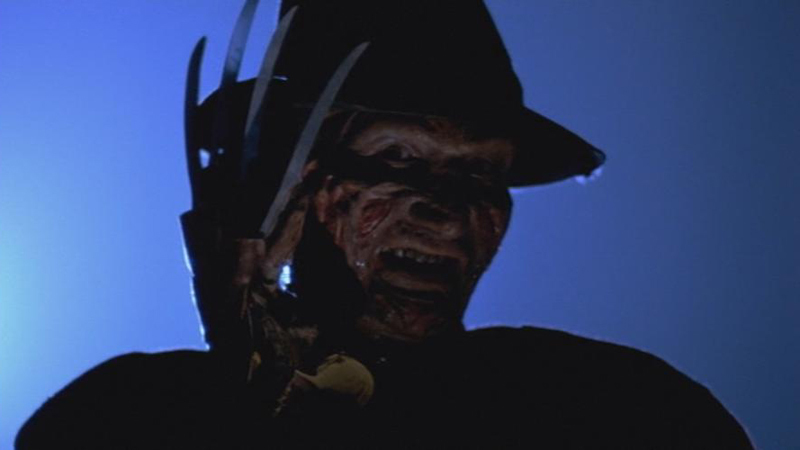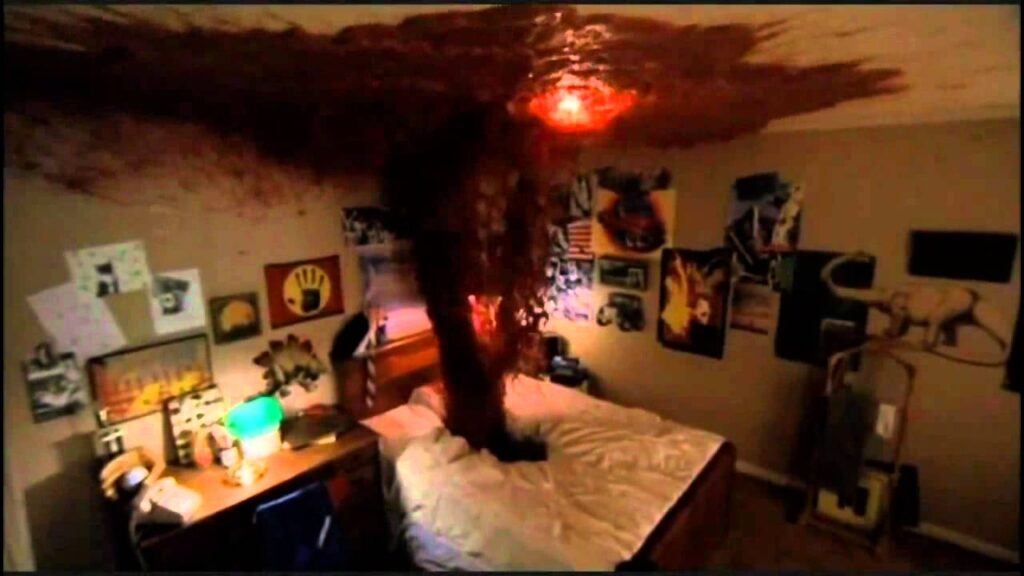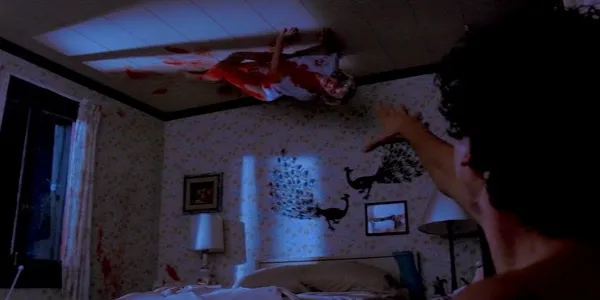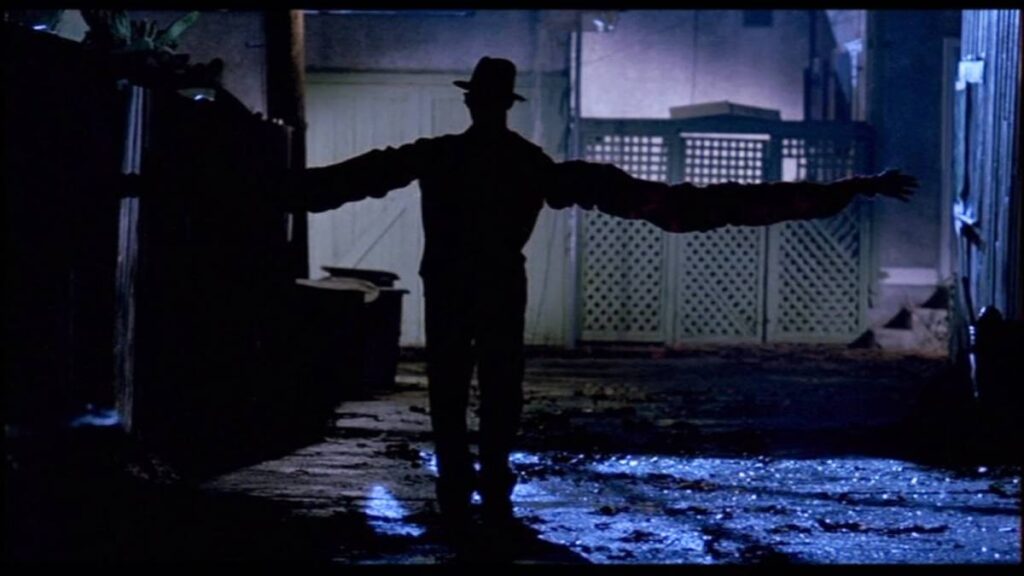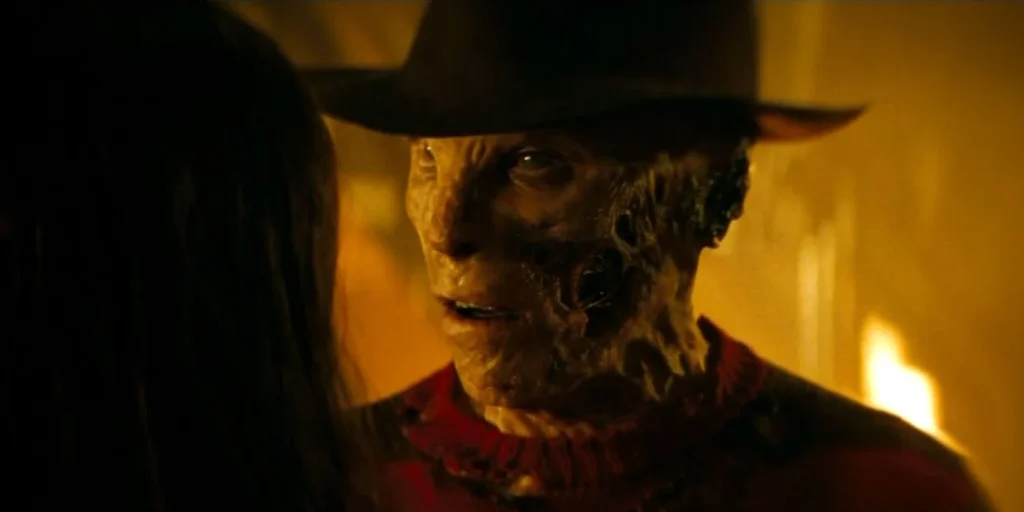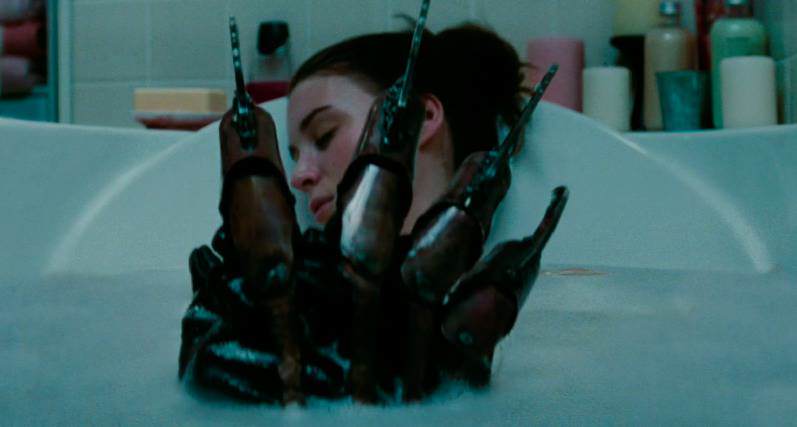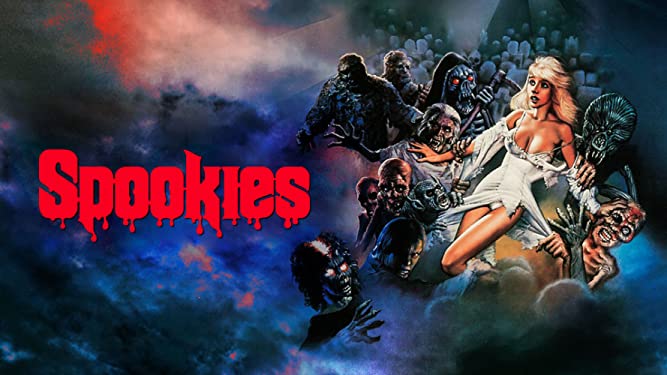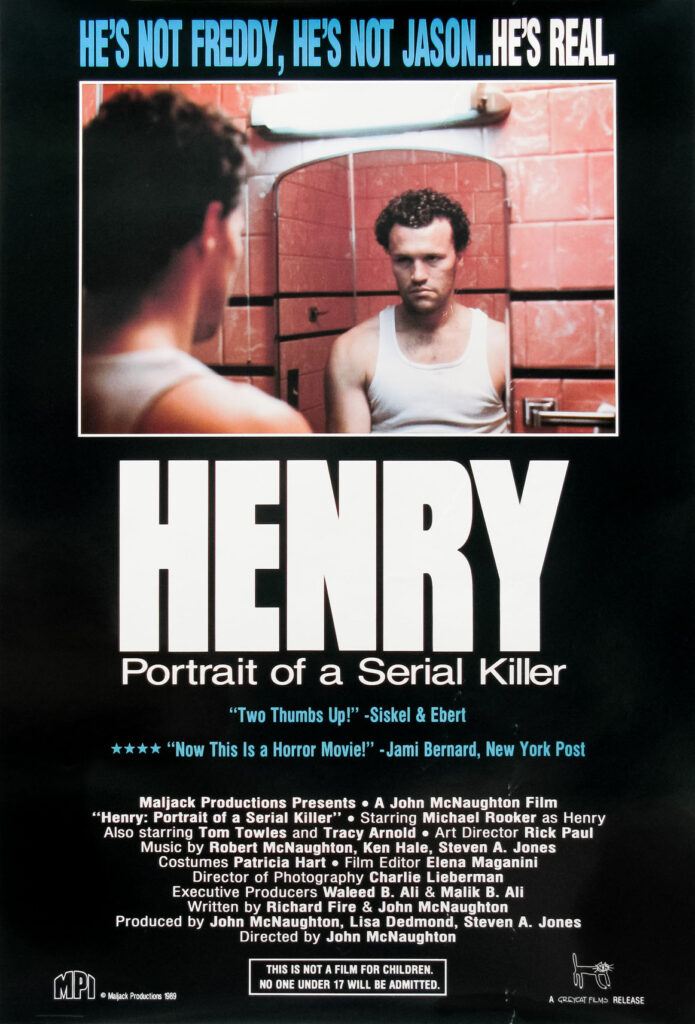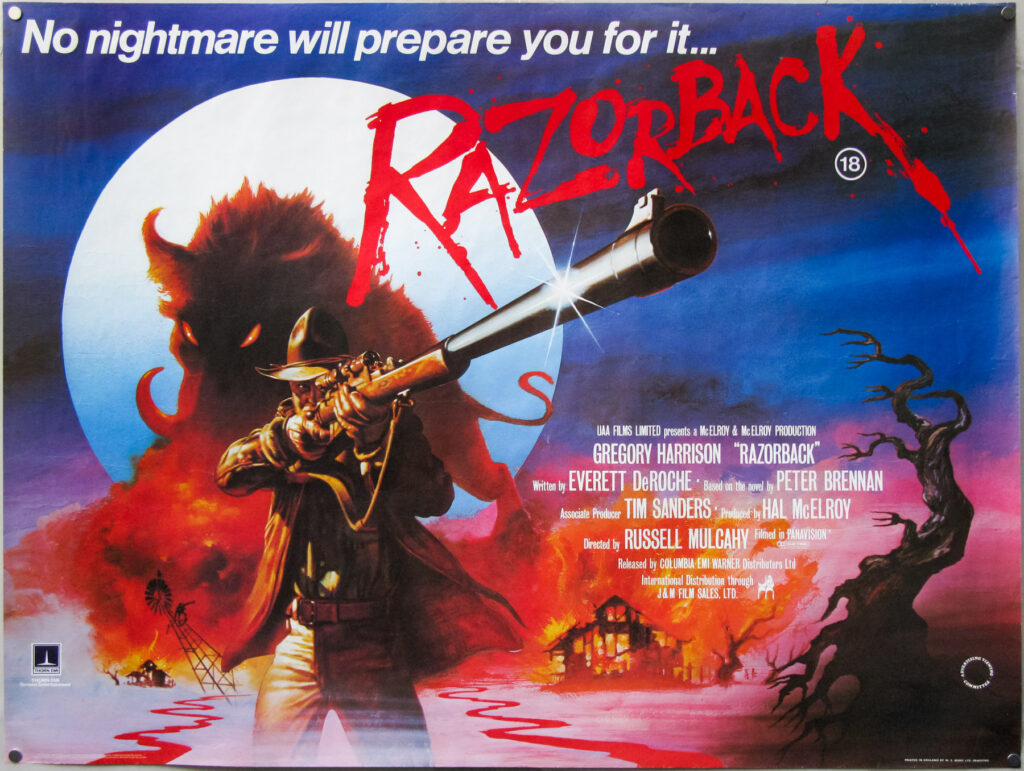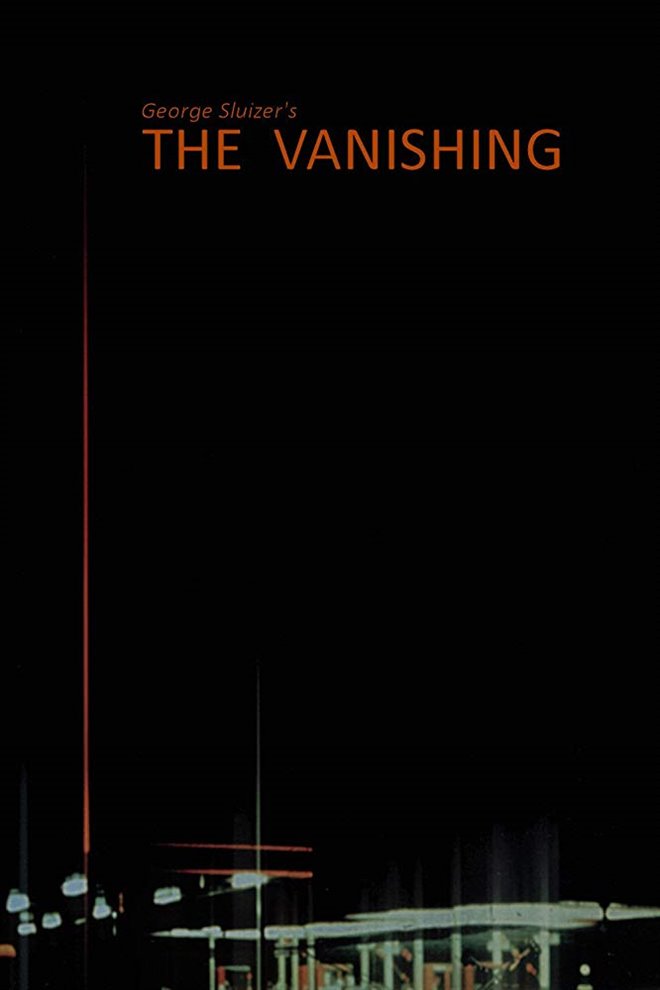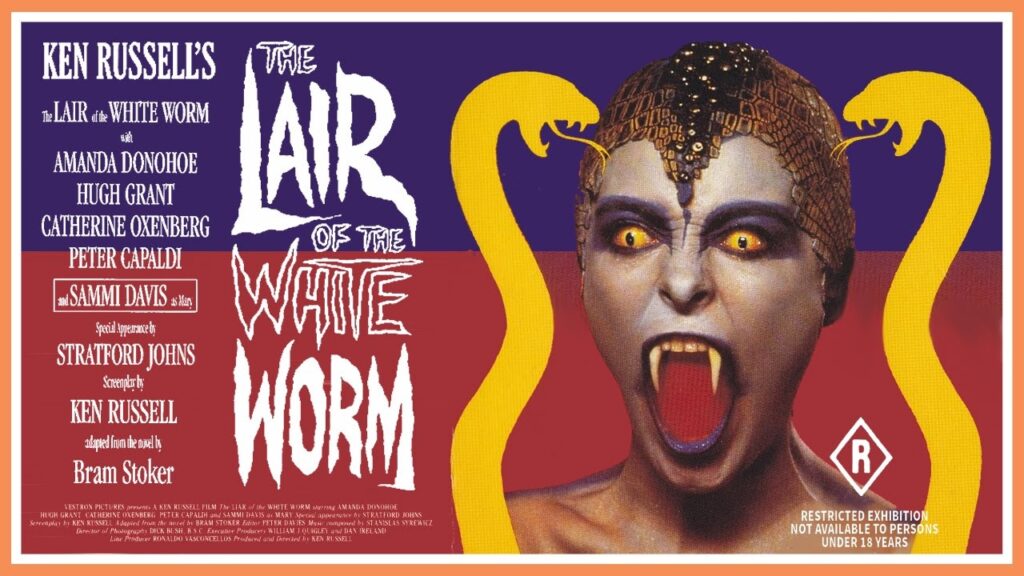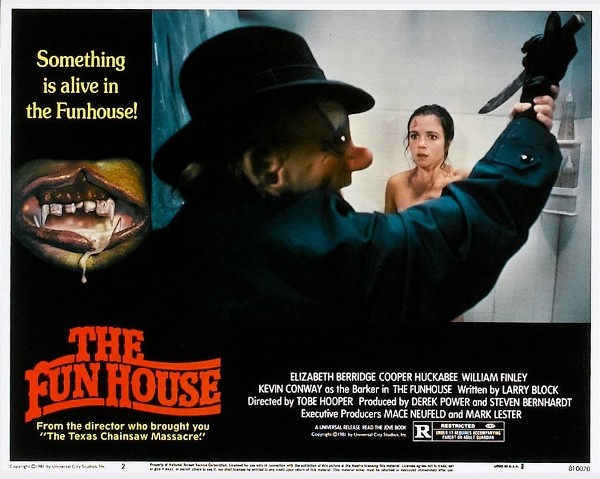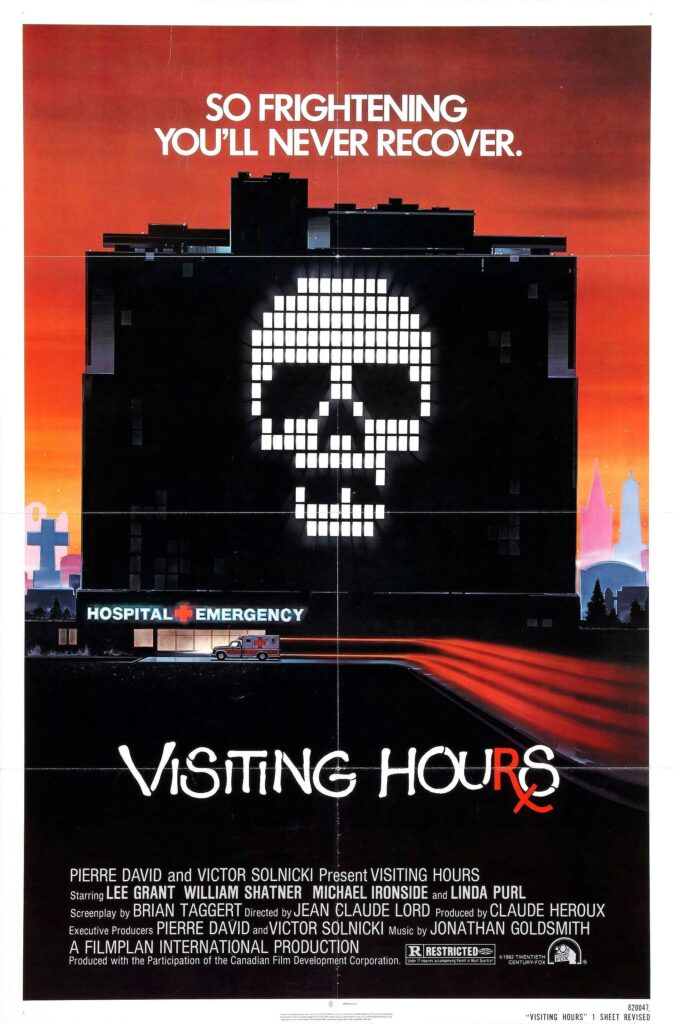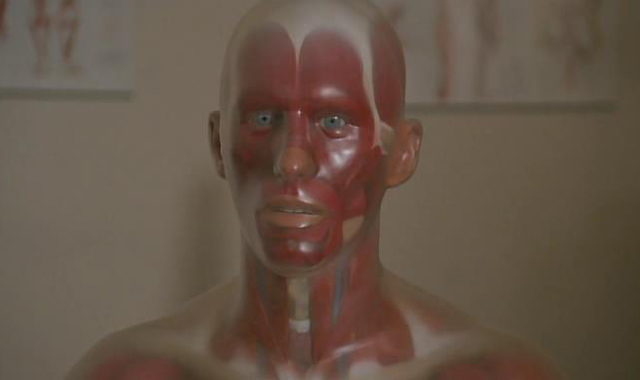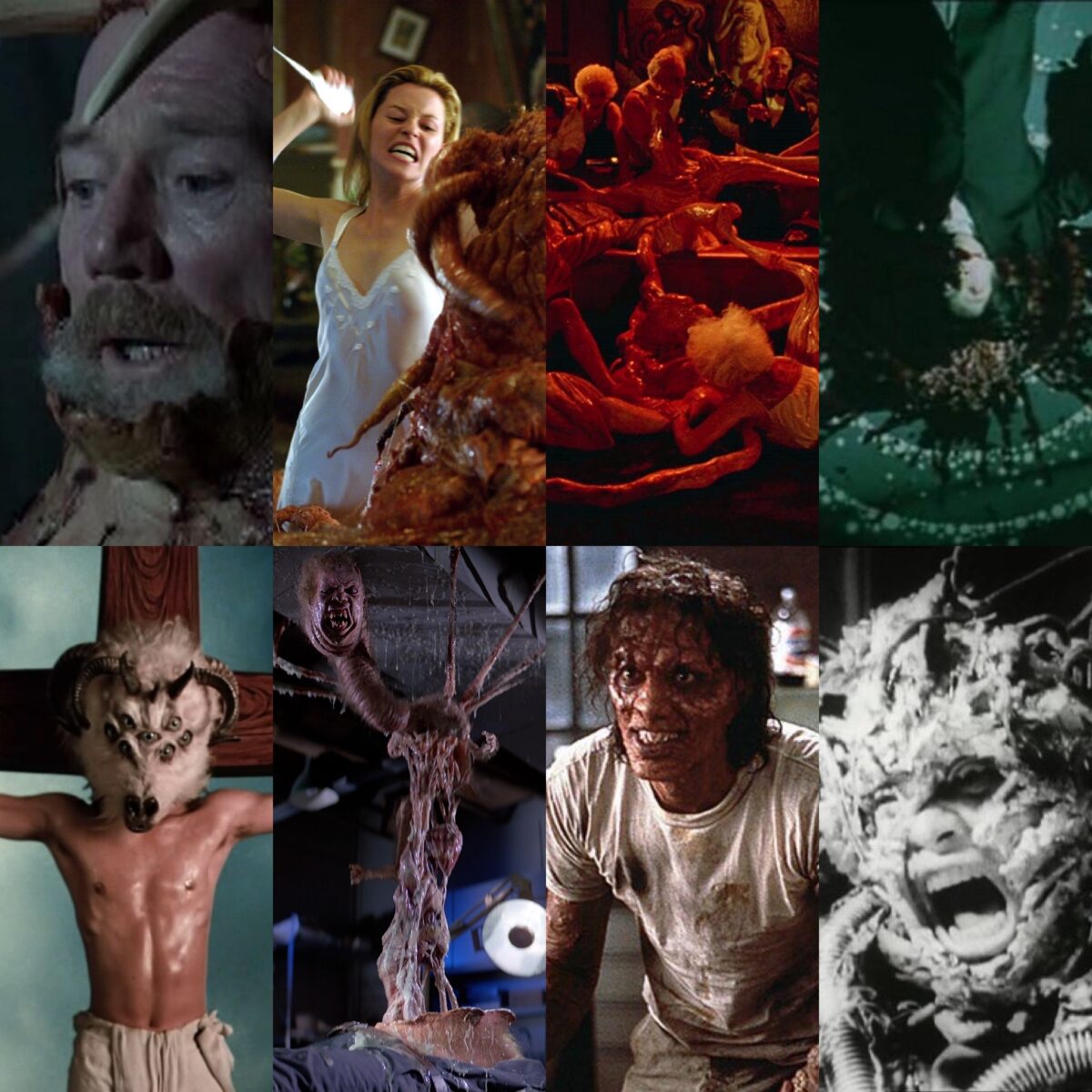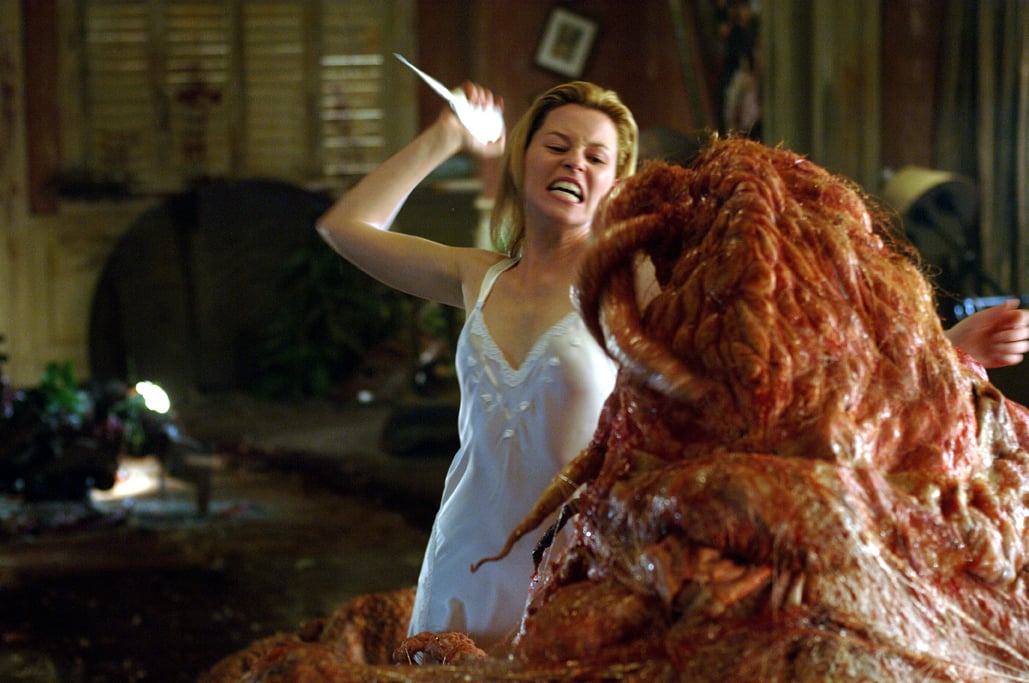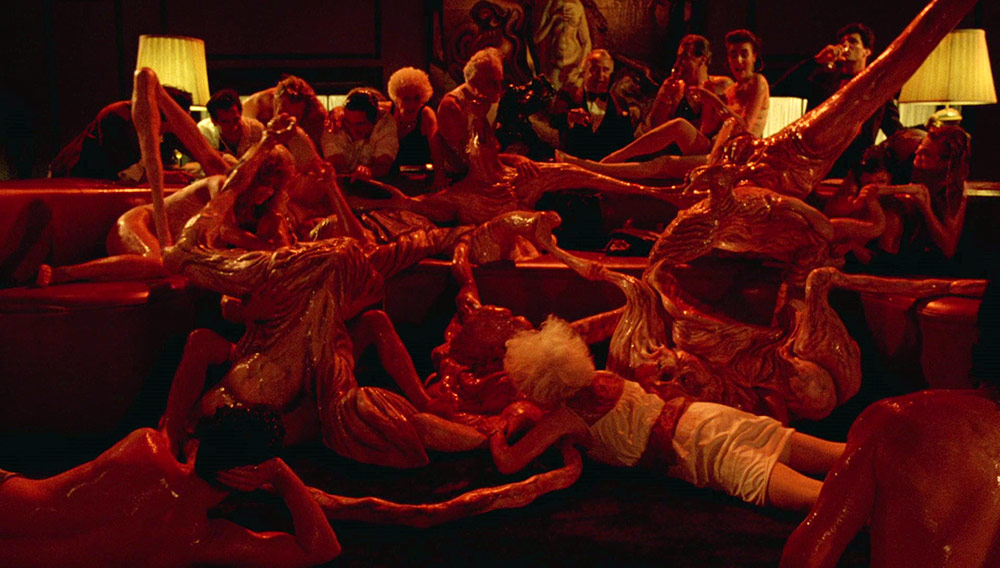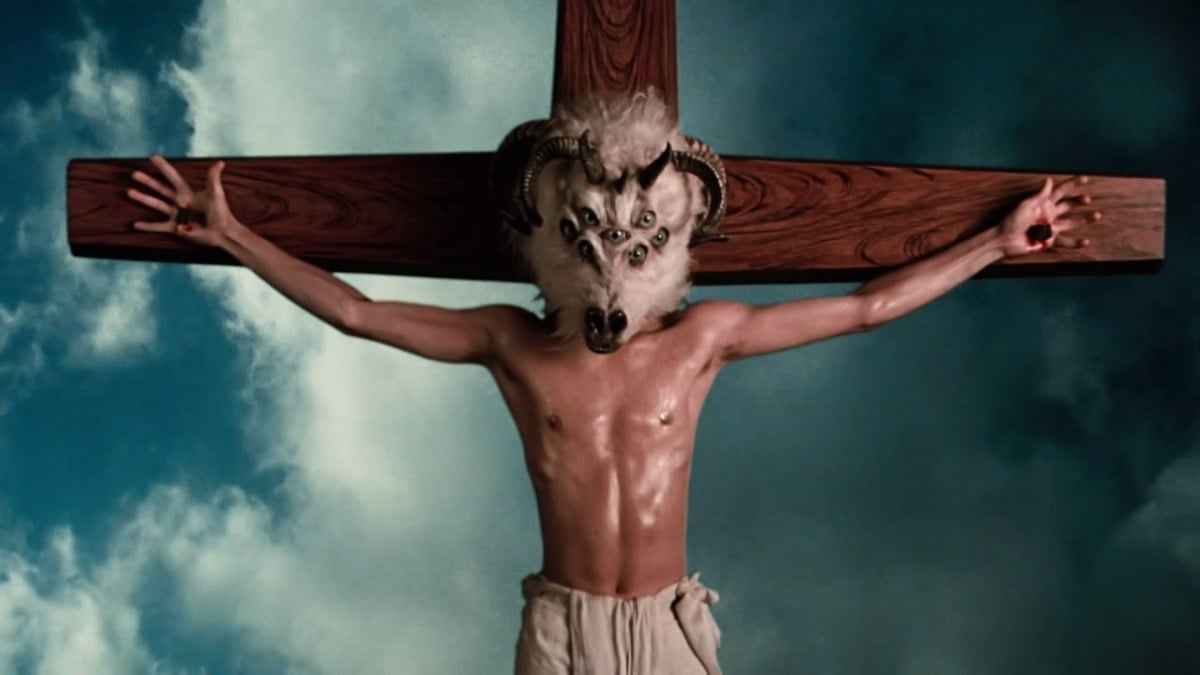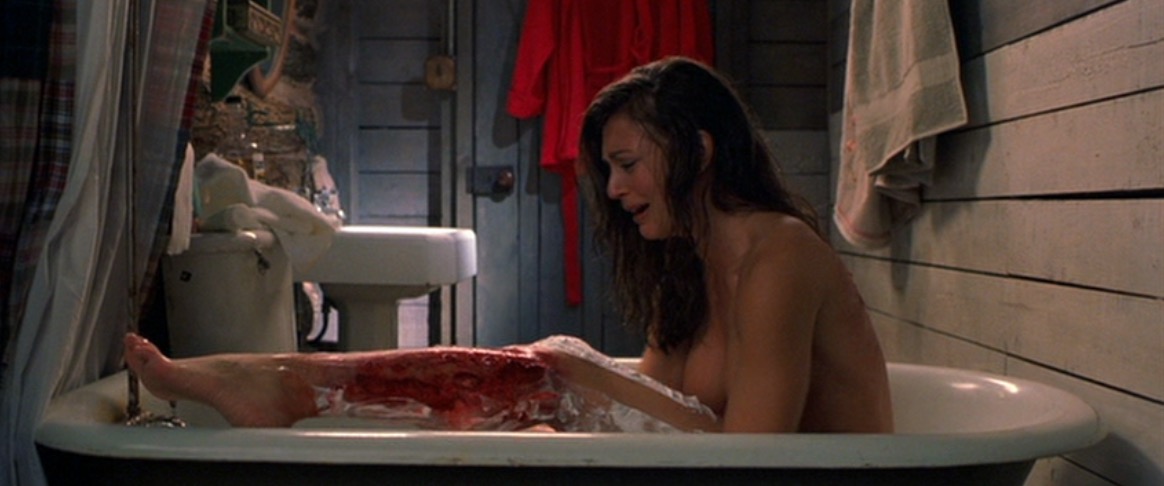
1- Witchboard (Directed by Kevin Tenney, 1986)
At a party a group of friends use an Oujia board in the hopes of harmless fun, but the connection between the afterlife and reality becomes blurred when an evil spirit unleashes a world of chaos.

Witchboard was notably shunned by many audience goers and critics after its 1986 release, leaving a sour reputation in its wake. Many years after, as with most 1980s cinema, the film received a cult status, with devotees rewarding the over-the-top storyline alongside the flamboyant characters. Witchboard dares to stand out from the rest of seance-based films, partly due to the lack of sterness regarding contacting the dead, but also in how it tiptoes the fine line between being a horror comedy without becoming a mocking parody.
Movies that delve into supernatural territory, particularly those who use an Ouija board as the tool to talk to spirits, don’t gel well with touches of comedy. Yet, director Kevin Tenney has this unique ability to fuse outrageous plot points with sizable spooky visuals. Speaking of Tenney, it can be said that the brazenly wild dynamics of Witchboard created a stylistic backbone for his future work, especially Night of the Demons (1988), everyone’s favourite Halloween popcorn movie.
2- The Haunting in Connecticut (Directed by Peter Cornwell, 2009)
In hopes of relieving the journey travelling to and from hospital for their son Matt’s (Kyle Gallner) cancer treatments, the Campbell’s move into a nearby rental where the family begin to experience terrifying hauntings and violent outbursts from the ghosts occupying the house.

Before everyone knew The Conjuring’s (2013) Ed and Lorraine Warren’s names, there was The Haunting in Connecticut, which is based on a “supposed” true story (the word supposed being used operatively) that the Warren’s investigated in the 1980s. From the outset, the film’s reliance on tropes that horror habitually uses is noticeable, the whole idea of a family moving to a haunted house is not unfamiliar, nor is the notion of the apparition affecting the young in the house, but the execution of such familiarities pushes the film into refreshing depths that creep up slowly on the viewer.
Through a magnifying glass, deeper themes such as the fragility of morality is abundantly clear, mostly owing to Matt’s condition, but also in relation to the house’s history that is unearthed from a terrifying on-screen seance. The seance scene reveals that the previous occupant had some truly sinister intentions up his sleeves. What allows all of these dense threads to disperse is the ultra ominous vibe that is composed by the classic supernatural elements, that no matter how many times they’ve been done can still be a good’un.
3- Host (Directed by Rob Savage, 2020)
A group of six friends host an online seance to relieve some boredom, little do they know that they accidentally lured in a deadly demonic presence.

Though 2020 was a quieter year for cinema, independent filmmaker Rob Savage took the entire world by storm with his spine tingling feature debut, Host. Co written by Gemma Hurley, Jed Shepherd, and Savage is this regenerative effort in injecting an adrenaline boost into found footage and the rising trend of desktop horror. The premise was sparked from a viral prank that Savage pulled on his friends during a zoom meet-up, in which he claimed that strange occurrences were happening in his attic, leading him to ‘inspect’ the site and find a demon. Of course, the unknowing zoom attendees freaked out, and screamed in terror over the charade. With all the viral attention studios quickly became interested in this entirely unique and timely story, leading to the streaming giant Shudder picking up one of the 21st century’s most raved about films.
What’s so special about Host is the personable impression that it holds. The cast and crew were already acquainted, infusing the film with a creepy level of realness. Those brave enough to watch Host actually feel like they’re in the call, taking part in the terrifying action. Across the entire film the seance plays out rather realistically in terms of character reactions. There are those who take the medium seriously, appreciating the threat that the dead can hold, and then there are the others who can’t make it more than two minutes without laughing. Belief isn’t necessary to feel a part of something ‘higher’, and Host uses this sceptical notion to guide and control what the viewer feels. Yes, we may laugh along at the beginning over the *very* precise jargon used within this seance, but by the end it is impossible not to feel provoked by the mysterious art of spiritual channeling.
4- The Changeling (Directed by Peter Medak, 1980)
After a tragedy, composer John Russell (George C. Scott) begins to experience strange phenomena at his stately home. To confirm his suspicions he holds a seance with sinister consequences.

Although The Changeling has long garnered gleaming praise, it isn’t held up alongside the genre’s heavyweights such as The Shining (1980) and Rosemary’s Baby (1968), despite the film’s creative and nerve-jangling execution. Driving The Changeling is the sense of existential dread that ceases to remain contained in one space. This terror stems from the emotive connotations of trauma, which we are led to believe is solely confined within the house and its history, but in reality director Peter Medak thematically implies that the hell being unleashed within the building has the potential to grow and grow until it becomes so enriched in evil that nothing will stop the torment.
With such an elaborate backstory it could be easy to become muddled in its own eccentricity, yet any disarray is diffused as a result of the eerie seance scene where the presence of the ‘other’ becomes so heightened and serious that even seasoned horror fans will experience an eerie level of fear.
5- The Exorcist (Directed by William Friedman, 1973)
When 12-year-old Regan (Linda Blair) becomes possessed by an evil entity, her mother enlists the help of two priests to perform an exorcist.

It would certainly not be appropriate for a seance movie list to exist without the presence of William Friedkin 1970s showstopper The Exorcist. Many have said that the film is overrated, and maybe they’re right (questionable, I know), yet there is simply no denying the cultural phenomenon that is associated with The Exorcist. To have people fainting in the audience during screenings is extreme enough, let alone the outcry it caused amongst media censoring offices across multiple countries, which is the consequence of the harrowing depiction of Regan’s monstrous descent.
The idea that an innocent little girl could wreak havoc upon religion and humanity all thanks to an ouija board is beyond unsettling, especially considering the depths of hellish behaviour she experiences as a result. The medium of spiritual connection has always been alluring, society is naturally drawn to the idea of a spiritual realm. Regardless of general attitudes towards seances, they are not necessarily meant to provoke evil, nor are they meant to prompt devilish behaviour. Quite refreshingly The Exorcist is aware of this, and instead focuses on creating a narrative that rehashes cinema’s treatment of catholicism; generating a whole new interest and inspiration for audiences and filmmakers to explore.
6- Verónica (Directed by Paco Plaza, 2017)
In 1991 Madrid, teenager Verónica (Sandra Escacena) begins experiencing the presence of a sinister being after playing with an Oujia board.

Verónica is a first class extravaganza of nightmarish scares that ignites a surge of panic amongst those who are fearless enough to sit through the entire film. The slow beginning takes its time in building up the world around Verónica. By the time the action starts we have become so well connected with her situation, forcing the stakes to be raised. Rather than sitting back and watching the torment go down, we fear for the characters well being and the consequences of such events.
With this bond that Paco Plaza forms a running surge of originality is created, refusing any scene to slip into normality, instead the trepidation always arrives when it is unexpected. Joining the fierce narrative is the evocative ‘true story’ that inspired the events. Verónica is based upon the real case of Estefanía Gutiérrez Lázaro, who engaged in a seance at her strict catholic school using an Oujia board to contact a spirit. However, a nun interrupted the session by breaking the board, supposedly triggering an ancient anger which led to the death of Lázaro. The story may not be the first one of its kind, but where the case of Lázaro stands out is from the presence of the law. Spanish police ended up becoming involved due to the mysterious circumstances of the situation, leading even them to report of unexplained activity.
7- Seance (Simon Barrett, 2021)
At an elite boarding school a group of friends play a prank on a fellow student pretending to summon a ghost through a fake seance. But when they find her dead shortly after they suspect that they have awoken something evil. To make matters worse, when new girl Camille (Suki Waterhouse) arrives, a string of mysterious deaths occur.

Seance melds together two components of a great horror movie, an isolated setting and threat of the supernatural. Simon Barrett, who has written some stellar films such as You’re Next (2011) and The Guest (2014), tiptoes around the concerns of the supernatural through making the audience second guess the harrowing occurrences at the school. Not once do we know what direction we’re heading in, one moment the film is a whodunit puzzle and then the next he grapples with the idea of the occult. However, not once does the buffet of themes become messy, alternatively, it’s refreshing and totally absorbing to witness the complex enigma that is Seance.
Looking for more top horror lists and reviews? Check out our blog here..

